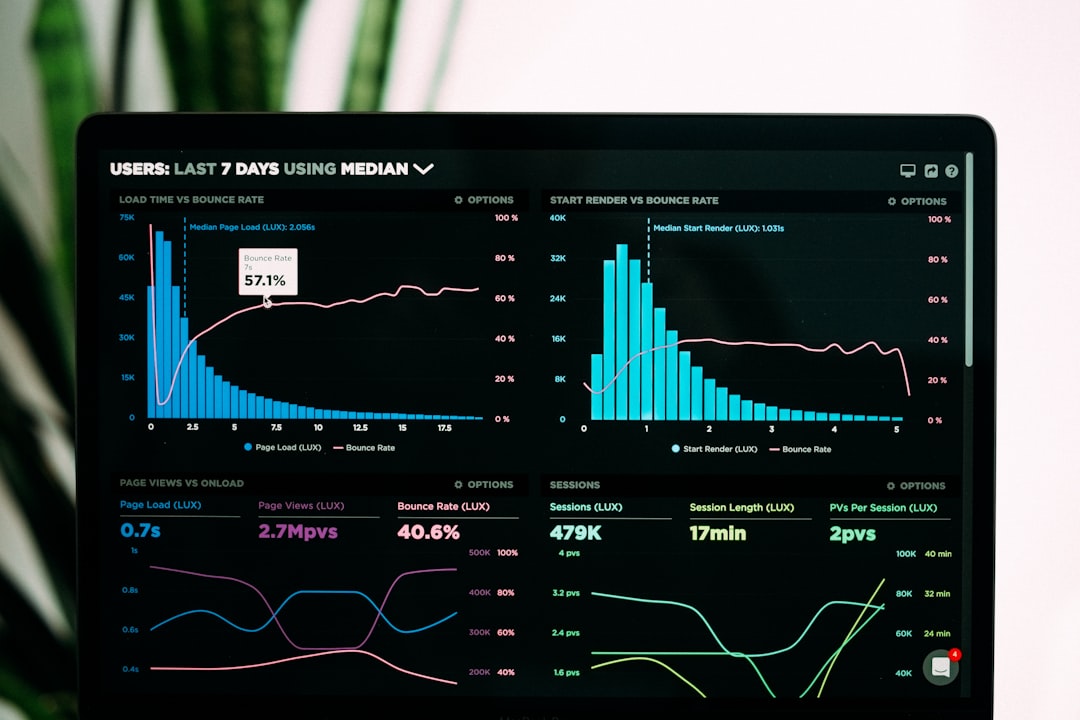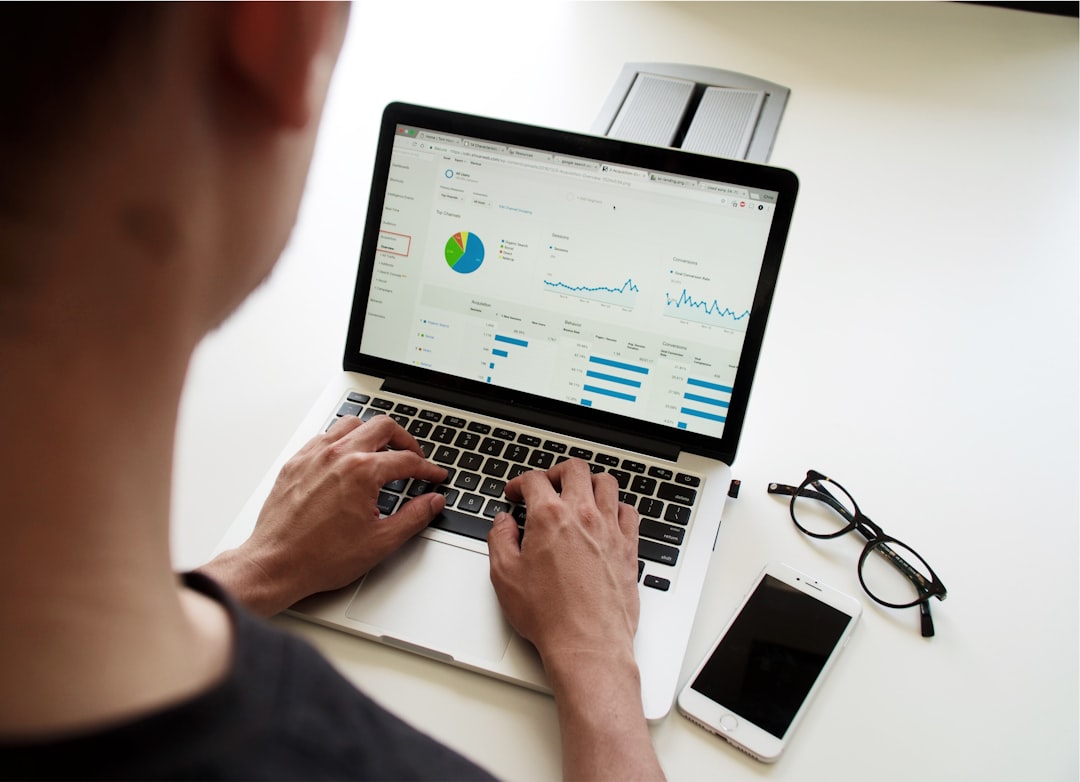
How to Teach Basic Economics: A Comprehensive Guide
## Introduction. Economics is an essential subject that helps individuals understand how the world functions regarding resources, production, and consumption. Teaching basic economics can seem daunting, but with the right strategies and resources, educators can make this knowledge accessible and engaging for students of all ages. This blog post aims to explore effective methods and resources to teach basic economics and foster a solid understanding of the subject. ## Understand Your Audience. Before diving into teaching economics, it is crucial to understand the age group and background of your students. The way basic economics is taught to high school students will differ significantly from how it is taught to younger children or adults. For instance, while younger students may benefit from hands-on activities and games, older students may appreciate real-world examples and case studies. Tailoring your approach ensures that all students remain engaged and can relate to the content. Utilize surveys or informal conversations to gauge students' current understanding of economics and what they hope to learn. This preliminary assessment can guide your lesson planning effectively. ## Use Real-World Examples. One of the most effective ways to teach economics is by integrating real-world examples into your lessons. Discuss current events, local businesses, or even global economic trends to illustrate economic principles. For example, using case studies related to local businesses can demonstrate concepts such as supply and demand, price elasticity, and competition. Moreover, you can draw upon recent news articles, economic reports, or documentary films that showcase economic principles in action. Encourage students to analyze these examples critically, providing opportunities for discussions and debates. This will foster a deeper connection to the subject matter. ## Incorporate Interactive Activities. Interactive activities can significantly enhance the learning experience when teaching economics. Games, simulations, and group projects can help capture the attention of students while reinforcing important economic concepts. For example, you might organize a simulator where students manage a virtual company, making decisions related to budgeting, production, and marketing. You could also create a classroom economy where students earn and spend "classroom currency" for different tasks and responsibilities. This hands-on approach not only reinforces economic theories but also develops valuable skills such as teamwork, negotiation, and decision-making. ## Utilize Technology and Resources. In today’s digital age, utilizing technology can greatly enhance the teaching of basic economics. Numerous online platforms offer interactive learning materials, videos, and games that can supplement your lessons. Websites such as Khan Academy, Investopedia, and Economic Education initiatives provide free resources aimed at different educational levels. In addition, educational tools like PowerPoint presentations, e-books, and video lectures can present complex economic theories in an engaging format. Furthermore, don’t underestimate the power of social media. Creating a class blog or a social media group can provide an informal platform for students to discuss economic topics, share articles, and debate current events. ## Foster Critical Thinking and Discussion. Economics often involves evaluating multiple viewpoints and considering the implications of various policies. Encourage your students to engage in critical thinking by asking open-ended questions that lead to discussions. For instance, you could ask, "What do you think are the potential effects of raising the minimum wage?" or "How do interest rates impact consumer spending?" Incorporating debates into your curriculum can also benefit students by challenging them to take different stances on economic issues. This way, they can grapple with diverse perspectives while developing a more nuanced understanding of the field. ## Offer Continuous Assessment and Feedback. To gauge your students’ understanding of economics, continuous assessment through quizzes, group projects, and presentations is essential. Providing constructive feedback is crucial for their academic growth. Encourage self-assessment by having students reflect on what they’ve learned at the end of each lesson. Incorporating peer assessments can also help students understand different perspectives and improve their comprehension of economic concepts. ## Conclusion. Teaching basic economics is a rewarding endeavor that equips students with essential skills to understand and navigate the world around them. By employing varied teaching methods tailored to your audience, utilizing real-world examples and interactive activities, embracing technology, fostering critical thinking, and offering continuous assessment, educators can create a rich learning environment that motivates students to delve deeper into economics. As you embark on this educational journey, remember that the goal is to inspire a love for economics that lasts a lifetime. .





